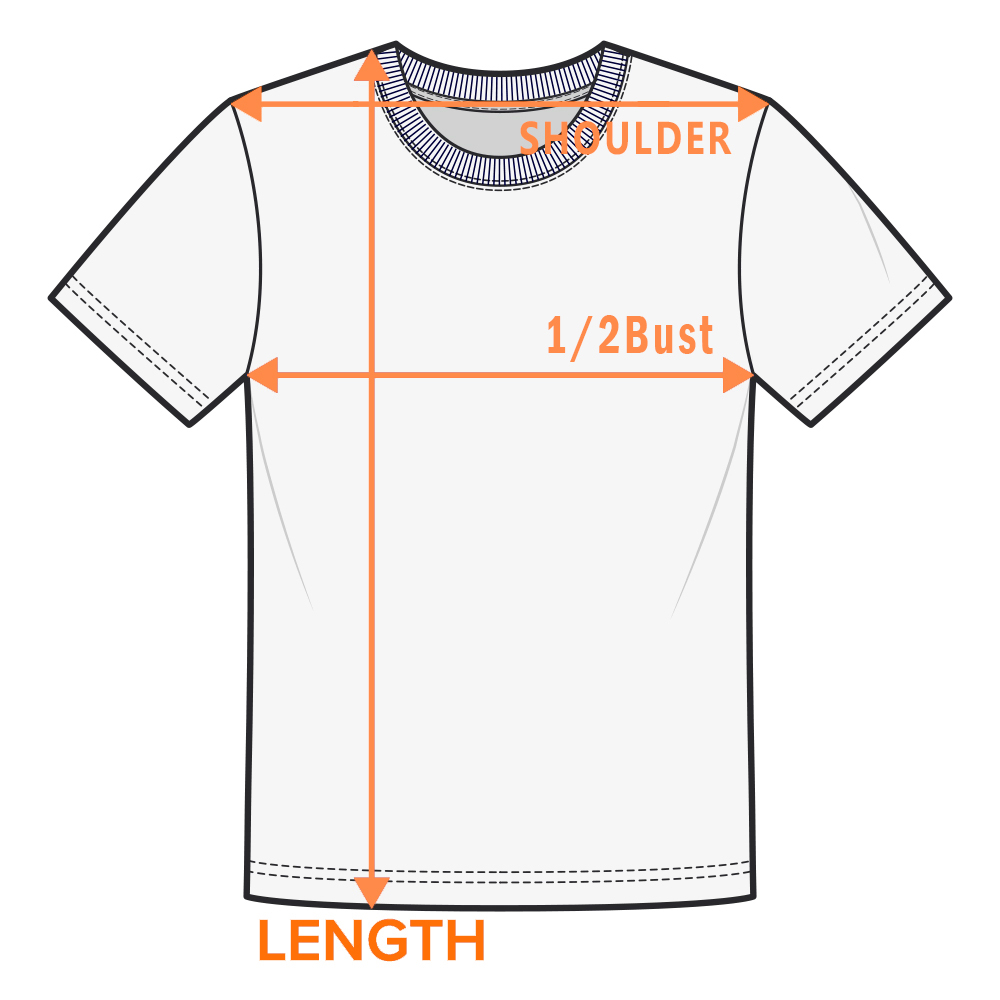Blog
Complete Guide to Fishing Gear for Beginners: How to Choose, Organize, and Maintain Your Tackle
Complete Guide to Fishing Gear for Beginners: How to Choose, Organize, and Maintain Your Tackle
Introduction
Fishing is one of the most popular outdoor activities in the United States. According to Statista, more than 50 million Americans enjoy recreational fishing each year. It’s not hard to see why—fishing is relaxing, rewarding, and a great way to connect with nature. But if you’re just getting started, walking into a tackle shop can feel overwhelming. There are so many rods, reels, lines, hooks, and lures to choose from.
That’s where this complete guide to fishing gear for beginners comes in. We’ll break down the essentials you actually need, explain how to organize your tackle, and share maintenance tips so your gear lasts longer. Along the way, we’ll highlight one of the most underrated but essential tools in your setup: the Waterproof Fishing Tackle Box Organizer. By the end of this article, you’ll feel confident building your first fishing kit and spending more time on the water catching fish.
1. Understanding the Basics of Fishing Gear
Before we dive into organization and accessories, let’s cover the gear that forms the foundation of every angler’s toolkit.
Fishing Rods and Reels
For beginners, the best choice is usually a spinning rod and reel combo. They’re easy to use, versatile, and affordable. Other options include:
- Baitcasting rods and reels – More precise but harder for beginners.
- Fly rods – Specialized for fly fishing, usually for trout or salmon.
👉 For a starter setup, stick with a medium-light spinning combo. TakeMeFishing.org has an excellent beginner’s guide to help you understand rod power and action.
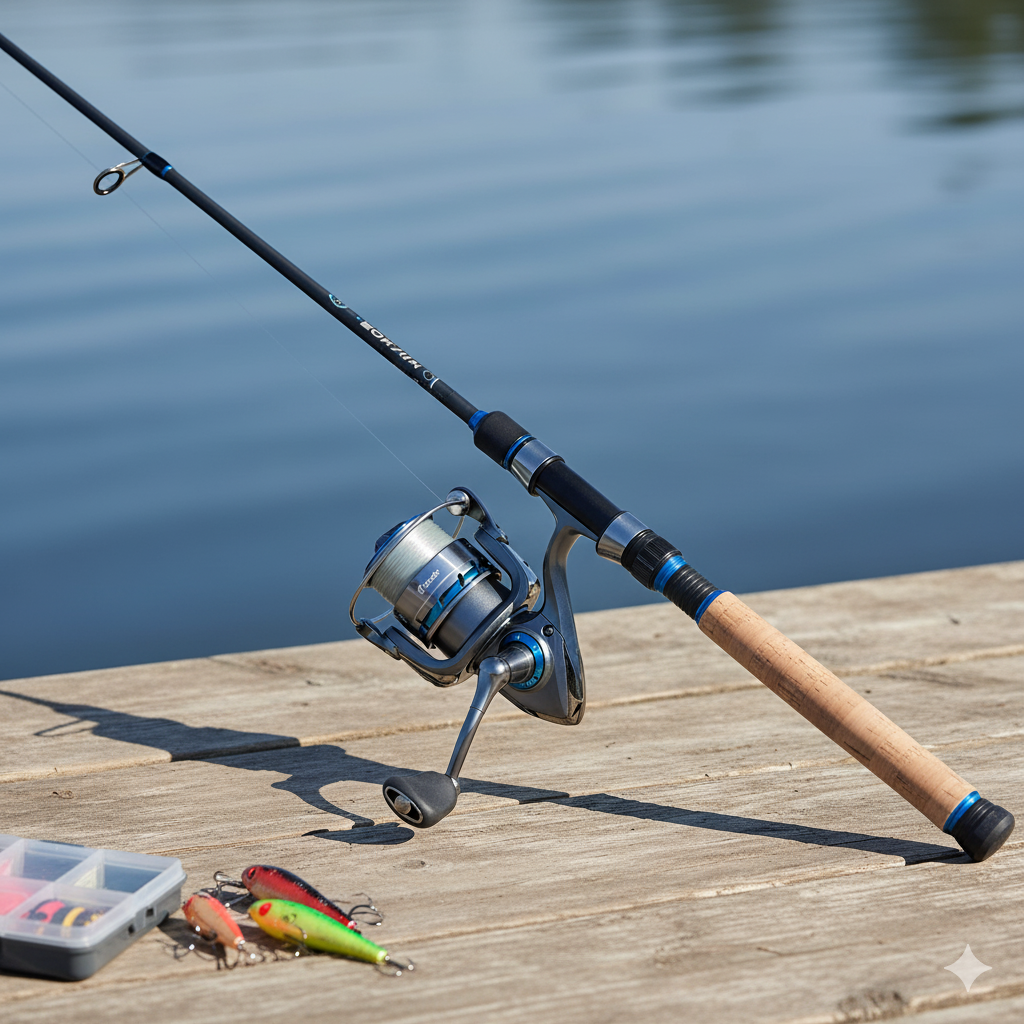
Fishing Line
- Monofilament – Cheap, easy to tie, and forgiving. Best for beginners.
- Fluorocarbon – Nearly invisible underwater, great for clear water.
- Braided line – Thin, strong, and sensitive but harder to tie knots with.
Tip: Start with monofilament in 6–10 lb test for freshwater species like bass or trout.
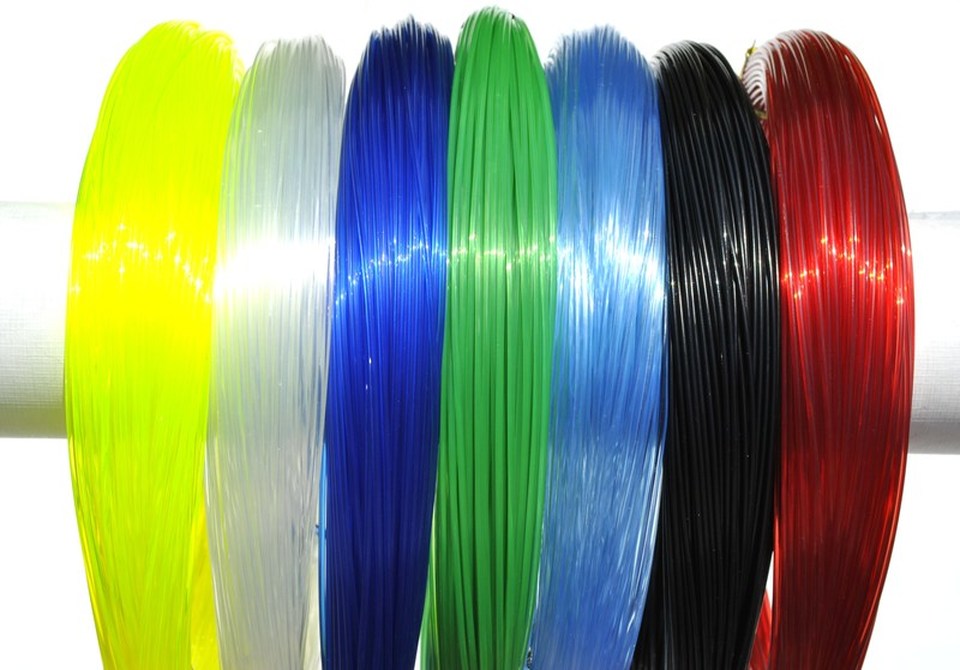
Hooks and Weights
Stock up on:
- J-hooks – All-purpose hooks for live bait.
- Circle hooks – Great for catch-and-release fishing.
- Split shot weights – Small and easy to attach for sinking your bait.
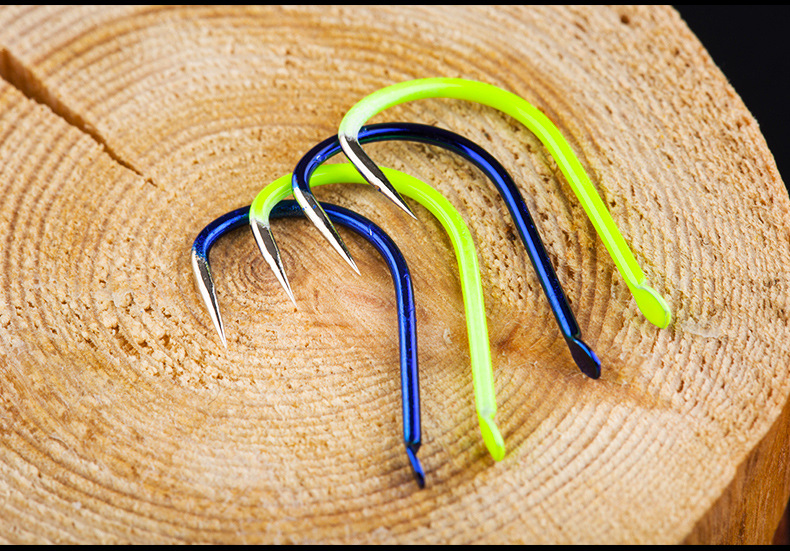
Baits and Lures
- Live bait like worms or minnows is always effective.
- Soft plastics mimic worms and grubs.
- Spinnerbaits create flash and vibration that attract fish.
- Crankbaits imitate small fish and work well for bass.
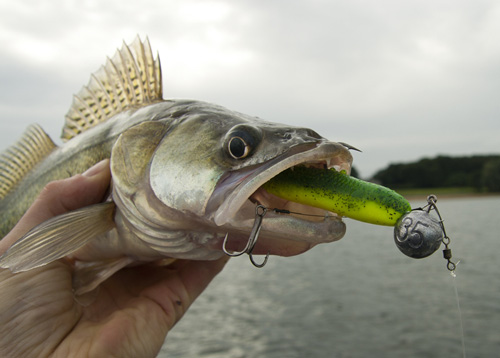
2. Why a Waterproof Fishing Tackle Box Organizer Matters
All those hooks, lures, and weights need to be stored somewhere. That’s where a fishing tackle box comes in. But not all tackle boxes are created equal.
A Waterproof Fishing Tackle Box Organizer is an absolute must-have for beginners and seasoned anglers alike. Here’s why:
- Protects against water damage – Keeps hooks and lures from rusting.
- Keeps gear organized – Adjustable dividers prevent tangles.
- Durable and portable – Designed for outdoor conditions.
- Saves money in the long run – Prevents you from constantly replacing damaged gear.
Imagine you’re kayak fishing and waves splash over your gear. A regular tackle box may let water in, but a waterproof one keeps everything dry. Fishing Gear for Beginners
You can check out some highly rated waterproof organizers at here
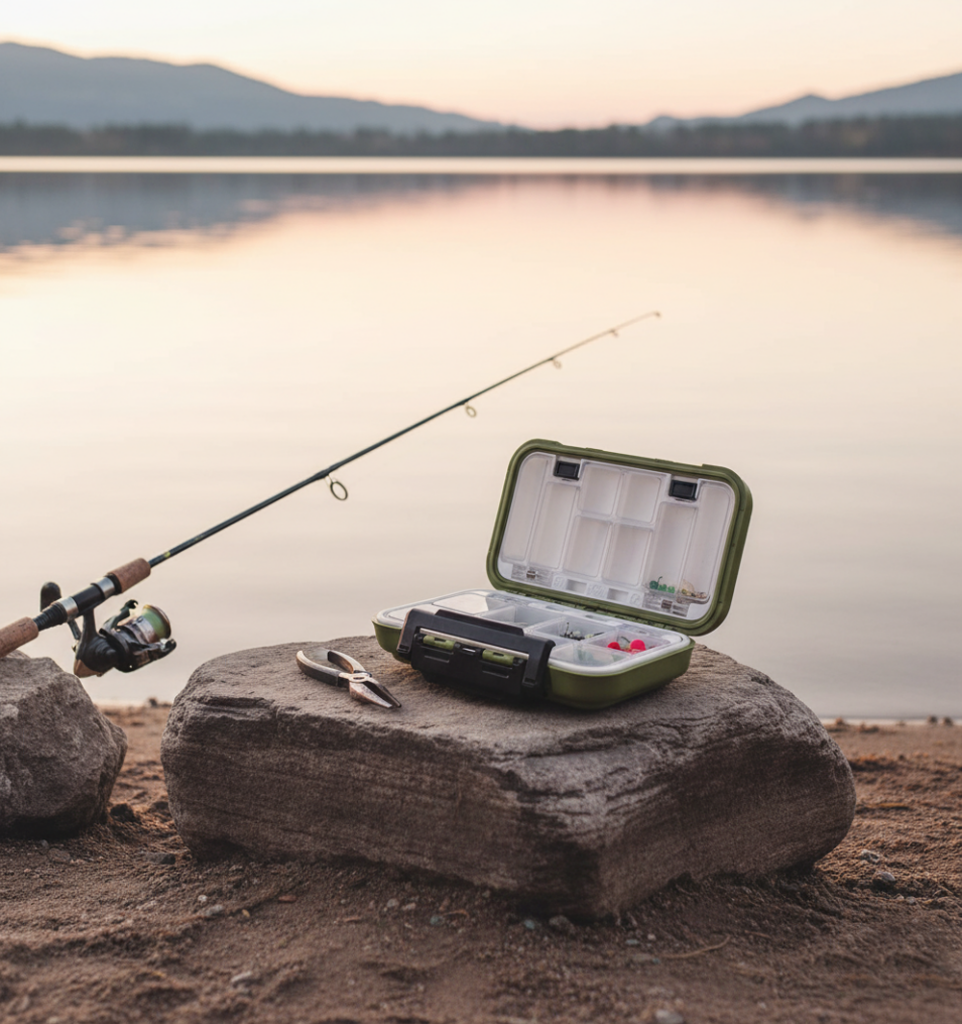
3. How to Organize Fishing Gear Like a Pro
Good organization makes you more efficient on the water. Here’s how to set up your tackle box:
- Sort by category – Keep hooks in one section, weights in another, and soft plastics in their own slot.
- Prioritize frequently used items – Place your go-to lures in easy-to-reach compartments.
- Use clear lids when possible – Quick visual access saves time.
- Add essential tools – Always include pliers, scissors, or a line cutter.
- Seasonal rotation – Swap out lures based on the type of fish and season.
The Waterproof Fishing Tackle Box Organizer makes this even easier with adjustable compartments and transparent covers.
4. Essential Fishing Accessories for Beginners
In addition to rods, reels, and tackle, there are a few must-have accessories every beginner should carry:
- Fishing pliers – For removing hooks and cutting line.
- Line cutter or scissors – Quick adjustments on the water.
- Landing net – Helps you safely bring in fish.
- Fishing gloves – Protect your hands from hooks and sharp fins.
- Polarized sunglasses – Reduce glare and help you see underwater.
- Fishing backpack or tackle bag – For carrying extra gear on long trips.
- Safety equipment – Life jackets, sunscreen, and a first aid kit are non-negotiable.
For a deeper dive, Outdoor Life has excellent reviews on the best fishing accessories for 2025.
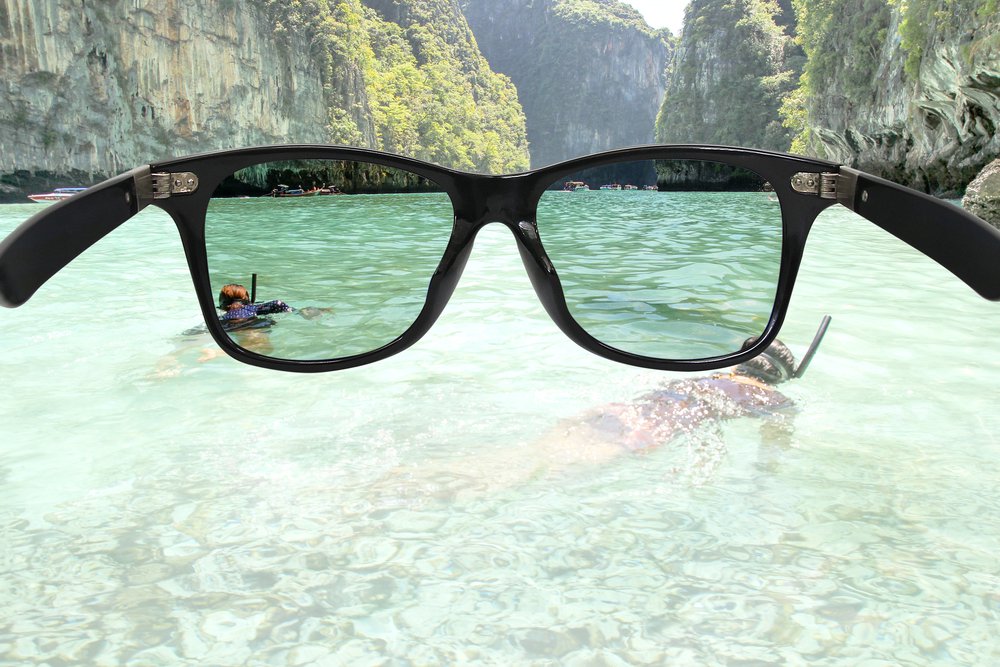

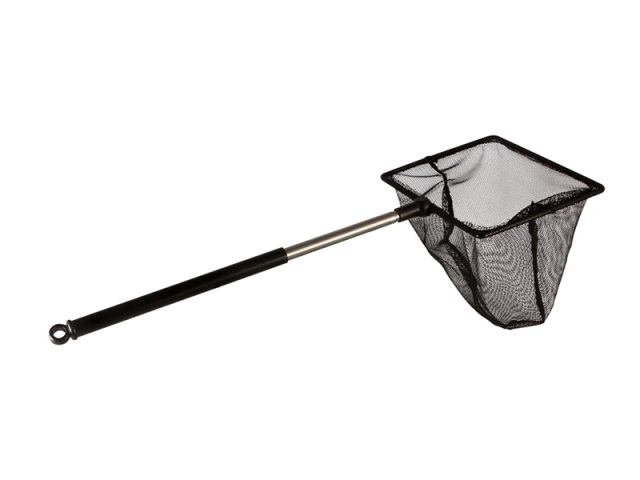
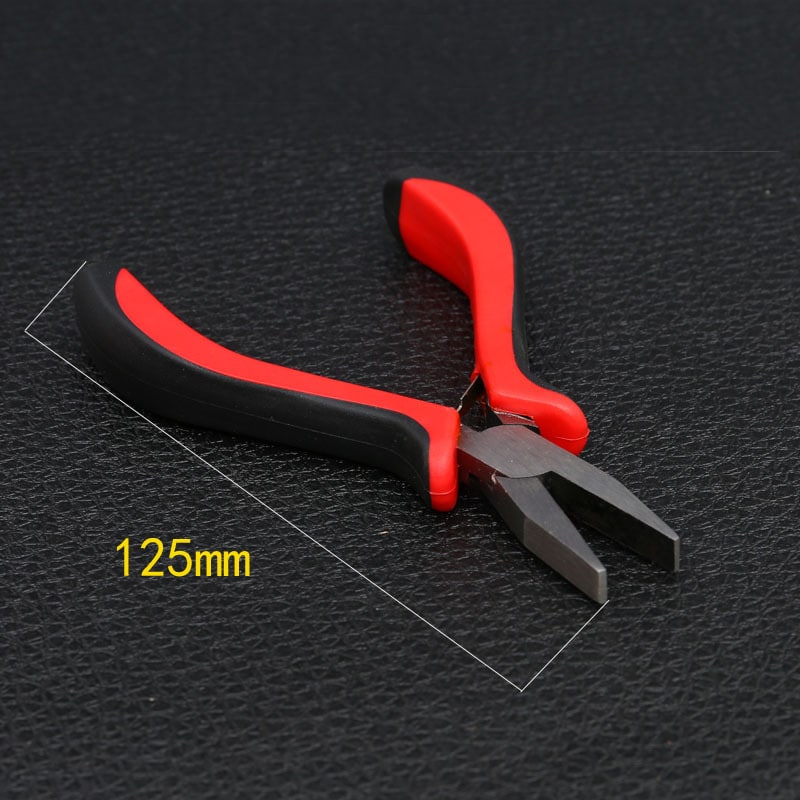
5. Tips for Maintaining Your Fishing Equipment
Taking care of your fishing gear extends its life and saves money. Here’s what you should do:
- Rinse after saltwater use – Salt is corrosive and can destroy reels and hooks.
- Dry your tackle box – Even waterproof boxes should be wiped down after use.
- Oil your reel – Use light reel oil to keep gears running smoothly.
- Replace old line – Fishing line weakens over time; replace it each season.
- Sharpen hooks – A dull hook won’t catch fish effectively.
6. Common Mistakes Beginners Make (and How to Avoid Them)
- Buying too much gear too soon – Start simple and expand as you learn.
- Ignoring maintenance – Dirty reels and rusty hooks won’t perform well.
- Using the wrong size gear – Match hook and line strength to the species you’re targeting.
- Skipping organization – Without a tackle box, you’ll waste time untangling lures instead of fishing.
7. Best Fishing Gear Recommendations for Beginners in 2025
If you’re just starting out, here’s a simple kit to get you on the water:
- Rod & Reel: A medium-light spinning combo (brands like Ugly Stik or Shimano are great for starters).
- Line: 8 lb monofilament line.
- Hooks: Pack of J-hooks (size 6–8).
- Weights: Small split shot sinkers.
- Lures: A few soft plastics, a spinnerbait, and a crankbait.
- Tackle Box: A Waterproof Fishing Tackle Box Organizer with adjustable compartments.
8. Building Confidence as a Beginner Angler
Fishing doesn’t have to be complicated. With the right gear, a bit of organization, and a positive attitude, you’ll be catching fish sooner than you think. Don’t be afraid to start small. Borrow gear, buy affordable starter kits, and most importantly—spend time on the water.
Remember: every pro angler was once a beginner.
Conclusion
Getting started with fishing can feel overwhelming, but with the right setup, it becomes a simple and enjoyable hobby. Focus on the basics: a reliable rod and reel, a few hooks and lures, and a good Waterproof Fishing Tackle Box Organizer to keep it all in order. Add in essential accessories and take care of your gear, and you’ll be set for countless fishing adventures.
Fishing is about more than catching fish—it’s about enjoying the outdoors, learning patience, and building memories with friends and family. So grab your gear, head to the nearest lake or river, and cast your line. Your first big catch might be just around the corner.
👉 Ready to build your beginner fishing kit? Explore waterproof tackle boxes and fishing gear options at our curated collection [here].

